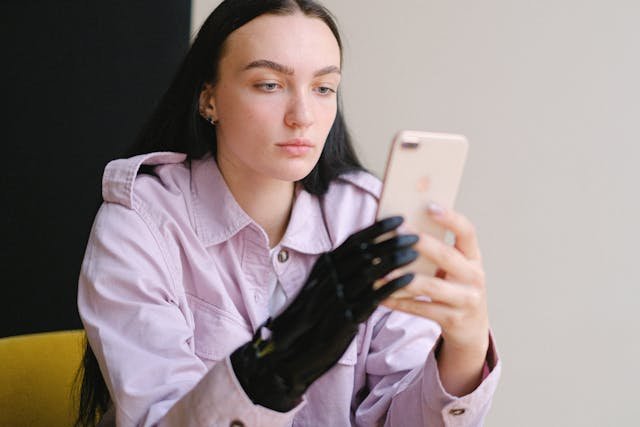When a person suffers from a brachial plexus injury, the loss of function in the shoulder, arm, or hand can make everyday activities difficult or even impossible. These injuries affect the nerves that control movement and sensation in the upper limb, and depending on the severity, the impact can be long-term. In many cases, therapy alone cannot bring back full movement, which is where external support systems like orthotics and prosthetics become important.
At Robobionics, we’ve worked with many individuals who are navigating this journey. Some have mild nerve damage and need a little extra support to improve function, while others live with complete arm paralysis and require advanced devices to restore daily activity. In both situations, orthotic and prosthetic devices play a vital role in helping people move more confidently and live more independently.
In this article, we’ll break down what orthotic and prosthetic solutions really mean for people with brachial plexus injuries. We’ll explain how each type of device works, who they are best suited for, and how to choose the right option for your specific needs. The goal is to help you or your loved one make an informed, comfortable, and empowering decision.
Understanding the Basics of Orthotic and Prosthetic Support
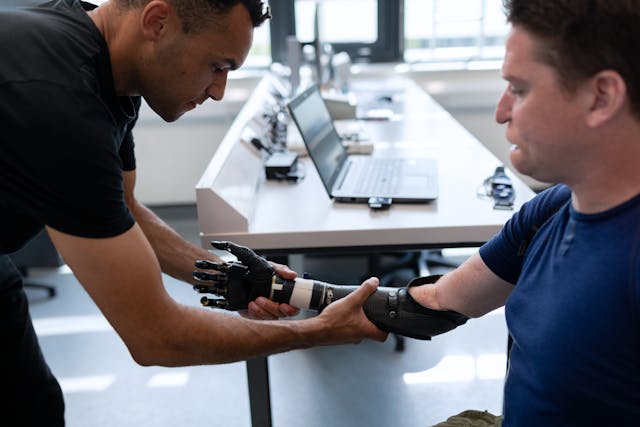
Orthotic and prosthetic devices are both used to assist movement, but they serve different purposes. Orthotic devices are supports or braces designed to guide or support a limb that is weak but still present. They help with positioning, posture, or partial movement when the muscles are weak but not completely non-functional. Orthotics do not replace a body part; they support the one you already have.
Prosthetic devices, on the other hand, are designed to replace a part of the body that is missing or no longer functional. In the case of a severe brachial plexus injury where there is complete loss of arm or hand function, a prosthetic device can stand in for the affected limb and allow the person to grip, hold, or carry out tasks that were lost due to nerve damage.
At Robobionics, we often meet patients who are unsure which one is right for them. That’s understandable because every case is different. Some people benefit from using both kinds of support at different stages of recovery. Our role is to listen, assess, and guide you toward a solution that supports your body and your goals in the best way possible.
What an Orthotic Device Can Do for Brachial Plexus Injuries
Orthotic devices are most useful when the arm or hand is weak but still has some muscle control. In many cases of partial brachial plexus injury, the shoulder might still have some movement, and the elbow may bend slightly, but the hand cannot grip well or hold its position. An orthotic can help stabilize the joint and improve movement patterns by aligning the limb properly and reducing strain on the muscles.
These devices can include shoulder slings, elbow braces, or wrist-hand orthoses. They are often lightweight and can be adjusted as strength improves or routines change. The goal is not to replace movement but to guide it. With regular use and therapy, many users see better posture, more stable movement, and less fatigue in the affected limb.
At Robobionics, we custom-build orthotics that match your body and lifestyle. We focus on comfort and function, using breathable materials and sleek designs that are easy to wear throughout the day. Our orthotic devices are part of a full care plan that includes training and support, helping you get the most from every movement your body can still offer.
When a Prosthetic Solution Becomes Necessary
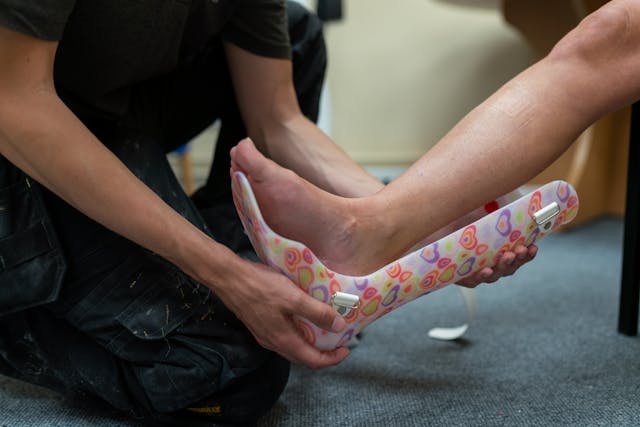
In more serious cases of brachial plexus injury, nerve damage can be so severe that movement does not return even after months of therapy or surgery. When the arm is paralyzed or the hand cannot perform basic tasks like holding a spoon or brushing your teeth, a prosthetic device becomes a very important part of the recovery plan. It allows you to regain function even when the muscles can no longer respond.
Prosthetics work by mimicking the movement of the missing or non-functional limb. Some are passive and used for support or appearance. Others are active and can open, close, or rotate using body movements or muscle signals. These devices help people become more independent by allowing them to do everyday tasks without constant help from others.
At Robobionics, we design prosthetics that are not only functional but easy to use and maintain. Our Grippy™ bionic hand is an example of a prosthetic that responds to EMG signals from your body and gives you the ability to grip and release objects smoothly. We believe prosthetics are not just tools but powerful steps toward restoring confidence and self-reliance.
Deciding Between an Orthotic and a Prosthetic
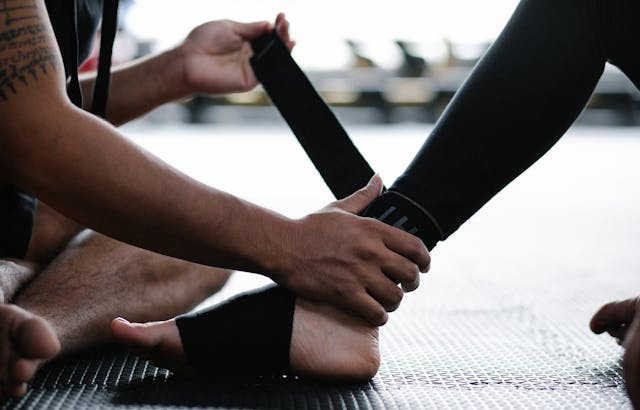
Choosing the right device depends on how much nerve damage has occurred and what parts of the arm are still functional. If you still have some active movement in your muscles, especially in the shoulder and elbow, then an orthotic may be enough to support recovery and help with function. Orthotics work best when the body just needs a little extra help to move correctly.
However, if the arm is completely non-functional or hangs without control, a prosthetic may be the better option. Prosthetics are built to take over the job of moving and gripping, especially when therapy has not brought the expected results. The switch from orthotic to prosthetic support often happens when improvement slows down, and daily tasks remain difficult without assistance.
Robobionics helps users make this decision with full assessments and in-depth discussions. We believe the choice should always be based on comfort, ability, and long-term goals. Whether you want to cook, write, work, or simply reduce pain in your neck and back, the right device will help you get there more smoothly and safely.
How Function and Fit Impact Effectiveness
Whether you choose an orthotic or a prosthetic device, one of the most important factors is how well it fits your body. A poor fit can cause discomfort, limit motion, and make the device hard to wear. Even worse, it may lead to poor posture, muscle strain, or skin problems. That’s why customization is key. The device should feel like an extension of your body, not something foreign or awkward.
Function is also vital. A device that looks good but doesn’t help you do what you need is not the right solution. You need to be able to perform basic tasks—like reaching, stabilizing, holding, or manipulating objects—with less effort and more control. Whether that comes from an orthotic brace or an electronic hand, the goal is always improved function.
At Robobionics, we take extra time with fittings and follow-ups. We adjust every device based on real-world use, not just a quick assessment. We want you to feel good using it—not just in the clinic, but at home, at work, and in every part of your day. Our commitment is to long-term comfort and better movement.
Rehabilitation and Training with Each Device
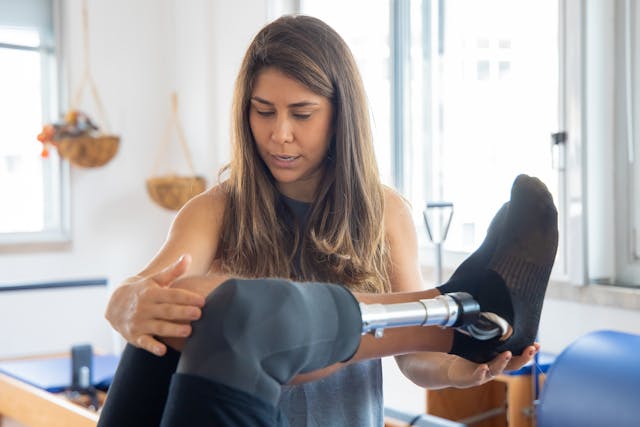
Simply receiving a device is not enough. To get the best results, users must learn how to work with it. Orthotic devices usually require training focused on improving posture, coordinating movement, and managing fatigue. Users must understand when and how to wear the device, how to pair it with therapy exercises, and how to make the most of every small gain in strength or flexibility.
Prosthetic devices require more detailed training, especially for users who have never used one before. EMG-controlled devices rely on muscle signals, so users must practice how to activate and control the movements they want. This involves repetition, guidance, and ongoing feedback. Over time, the device begins to feel more natural, and movements become smoother and more intuitive.
Robobionics provides full training support with every device we deliver. We work with occupational therapists, provide practice routines, and offer digital rehab tools that make learning easier and even fun. Whether it’s a first-time user or someone upgrading to a more advanced system, we’re here to make sure you don’t just receive a device—you learn how to live with it.
Cost, Maintenance, and Local Support in India

Affordability is a major factor when choosing between orthotic and prosthetic care. Orthotics are usually less expensive because they involve fewer moving parts and are easier to produce. However, they also need to be replaced or adjusted as your recovery progresses. Prosthetic arms, especially myoelectric ones, are more complex and therefore cost more, but they provide greater functionality when full limb support is needed.
Maintenance is another area to consider. Both types of devices require regular checkups to ensure they still fit and function correctly. Orthotics may need repairs if parts wear out, while prosthetics require updates to the electronics, socket fit, or grip strength. A device that is well-maintained will work better, last longer, and feel more comfortable with daily use.
At Robobionics, we’ve designed both orthotic and prosthetic solutions to be cost-effective and easy to maintain. Because we manufacture in India, we’re able to offer better pricing than imported devices and provide faster service. Our local network of clinics and trained partners ensures you always have access to adjustments, repairs, and upgrades when you need them most.
Emotional and Lifestyle Considerations
Choosing a support device is not just a physical decision—it’s an emotional one too. Many people feel unsure about using a visible device or worry about how others will respond. Orthotic devices are usually more low-profile and may feel less intimidating. Prosthetics, especially bionic ones, are more noticeable but often bring back a deeper sense of control and dignity.
How a device fits into your lifestyle is just as important. If you’re active, travel often, or work with your hands, your needs will be different from someone who spends more time at home or focuses on caregiving. The device should not limit you. It should support the life you want to live. That’s why it’s so important to choose a solution that blends both function and comfort.
At Robobionics, we take time to understand your routines, your goals, and your personality. We offer devices that not only help you move better but also help you feel better. We believe that confidence comes from ability—and that ability grows when you have the right tools, designed for your life.
Making the Right Choice: A Personalized Path to Recovery
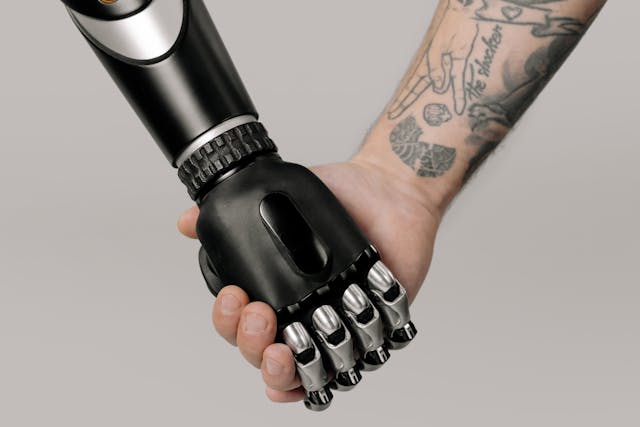
No two brachial plexus injuries are the same. Some people may regain partial movement with therapy, while others may see very little return even after surgery. That’s why the decision between an orthotic and a prosthetic device should never be rushed or generalized. It must be based on your body’s current condition, your level of function, and most importantly, your goals for everyday life.
The right solution depends on asking the right questions. Do you still have active muscle movement in your arm or hand? Is your shoulder stable, or does it feel heavy and unsupported? Are you hoping to regain motion for a specific task—like lifting, writing, or dressing? All of these factors help determine which support option will give you the best results. Sometimes the answer is a combination of both orthotic and prosthetic help at different points in recovery.
At Robobionics, we believe in a step-by-step approach. We don’t just hand you a device—we walk with you, testing your range, understanding your comfort level, and customizing the design to suit your exact needs. Whether you need a dynamic brace, a supportive shoulder orthosis, or a bionic hand that responds to your muscle signals, we ensure it works for your life, your pace, and your future.
Conclusion: Support That Moves With You
Recovery after a brachial plexus injury is not about going back to the past. It’s about moving forward with new strength, smarter tools, and greater control over your life. Whether you’re exploring an orthotic to support weakened muscles or a prosthetic to restore lost function, the goal remains the same — to help you move better, feel stronger, and live more fully.
At Robobionics, we understand that function is more than just motion. It’s confidence. It’s freedom. It’s the ability to do what matters — with your own hands, in your own way. That’s why we don’t just build devices. We build possibilities. With Indian-made technology, expert care, and a deep commitment to your journey, we’re here to help you move from injury to independence.
Book your free consultation with Robobionics today. Let us help you find the right solution — whether it’s orthotic, prosthetic, or a new beginning you hadn’t imagined yet. Recovery isn’t over. It’s just changing shape — and we’re here to shape it with you.



